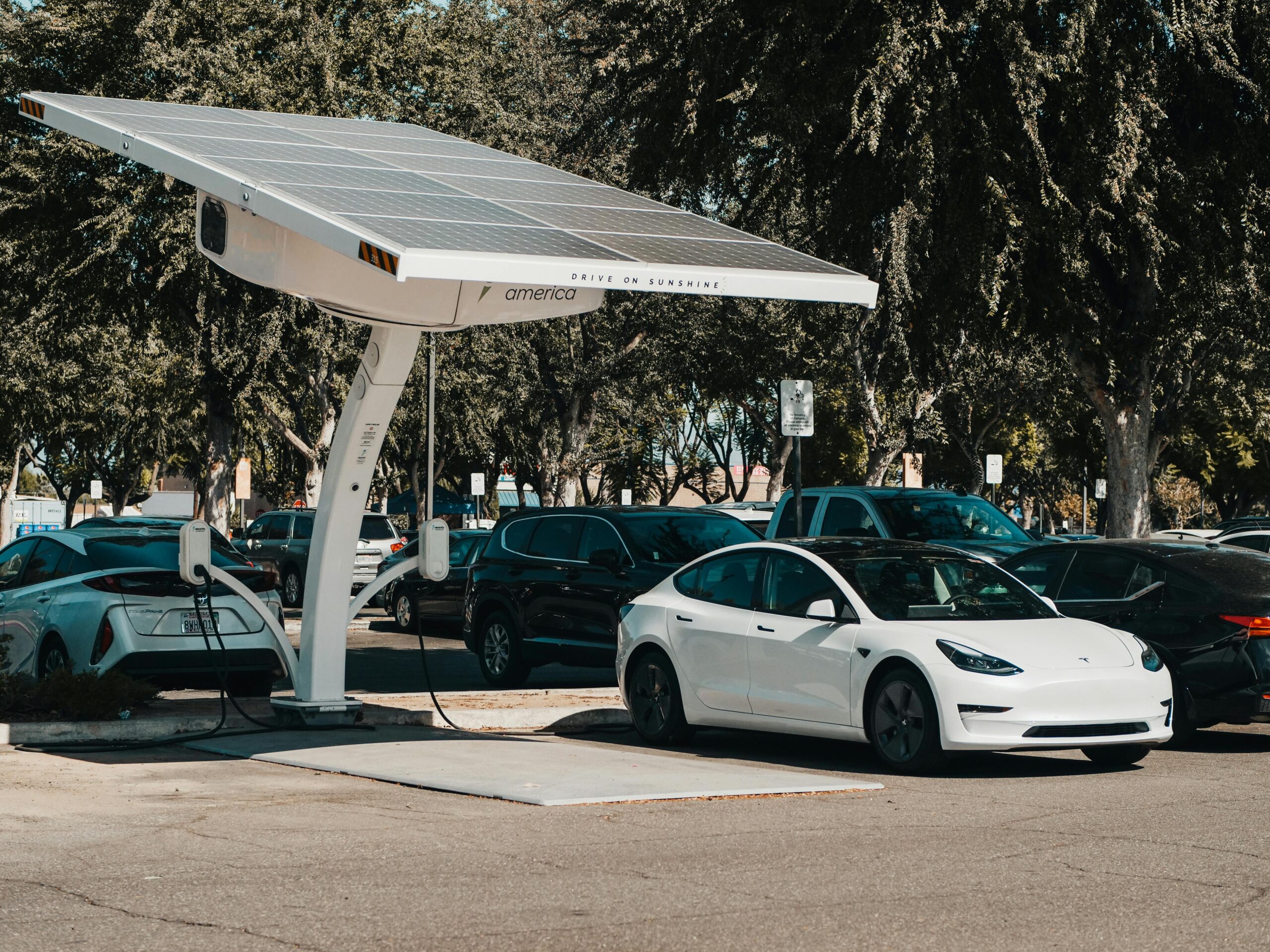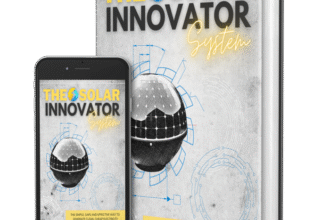Green Energy Meaning: Getting Real About What Works (and What Doesn’t)
We love to talk about change—clean energy, carbon-free futures, sustainable this and that. There’s something comforting about the buzzwords. They sound futuristic. But you ever notice how we keep circling the same conversations? Maybe it’s because half the time we’re approaching green energy with… well, the enthusiasm of a trend diet. Everyone’s into it until it gets inconvenient. And then, poof—back to old habits, like a New Year’s resolution lost in February.
Wrong Way: Tacking Green Energy on Like It’s a Sticker
Right Way: Baking It Into the Core Recipe From the Start
The thing is, not all efforts are created equal. Some approaches (honestly, most) are kinda like trying to mop the floor while the faucet’s still gushing. We think we’re solving something, but we’re not even close. And in that confusion, we end up building entire systems—literally billions in infrastructure—on sand. So let’s talk about what doesn’t work, why it backfires, and how we can actually start steering the ship the right way before it sinks under the weight of its own good intentions.
I once worked for this tech company (no names, but they had kombucha on tap and “disrupt” in every email). They installed solar panels on their roof and posted about it on LinkedIn like they’d singlehandedly saved the Arctic. Meanwhile, the servers downstairs were drawing enough energy to power a small city. No change to the supply chain. No reduction in emissions. Just panels—like eco-flavored lipstick on a corporate pig.
When we treat sustainability like a marketing add-on, that’s exactly what happens. You get noise, not change. It’s decorative. Toothless. And the danger isn’t just in wasted effort—it’s in the illusion that we’re doing enough. That’s how we fall behind.
Now contrast that with how Denmark flipped its energy model. Not perfect, sure, but at least they started with the grid, not the gimmicks. Built wind into the bones of their economy. Real change doesn’t hide in the margins—it kicks down the door and rearranges the furniture.
Wrong Way: Getting Drunk on New Tech for the Hype of It
Right Way: Using the Right Tools for the Right Job (Even if They’re Boring)
Let’s be honest. We’re suckers for shiny things. Hydrogen fuel cells, carbon capture, space mirrors to reflect sunlight—whatever’s trending. It’s like tech-world cosplay. People don’t ask if something works—they just want to know if it’s new. And because it’s new, it must be genius, right?
Wrong. Sometimes new is just… not useful yet. Take hydrogen—love the concept, not the execution. Unless you’re producing it with clean power (which most aren’t), it’s just another dirty detour dressed in neon. Countries have burned through millions—millions!—trying to scale stuff that wasn’t ready, wasn’t local, or wasn’t even needed.
Meanwhile, good ol’ wind and solar keep getting cheaper, stronger, smarter. But they don’t trend, so they get sidelined. Imagine ignoring a loyal friend because you’re chasing someone flashier. Yeah. It’s like that.
I remember this community in Spain—small, gritty town near Zaragoza. They didn’t wait for flashy tech. They built solar co-ops with their neighbors, linked it to water conservation, and stayed off the grid during the summer’s worst heatwave. It wasn’t sexy. But it worked. Better than a press release.
Wrong Way: Chasing the Dollar and Faking the Green
Right Way: Letting Ethics and Impact Drive the Business Model
Can we talk about greenwashing? Because it’s a pandemic in its own right. Companies will slap a leaf icon on plastic packaging and call it “eco-conscious.” Airlines offer “carbon-neutral” flights like we’re not still spewing emissions into the stratosphere. You ever buy an “eco” product that came in five layers of bubble wrap? Infuriating.
And don’t get me started on mining. The lithium in your “sustainable” battery probably came from an open pit in South America that drained local water tables. Progress for whom?
There’s this tension—profit vs. purpose—that we pretend doesn’t exist. But it does. And it hurts. Short-term greed erodes long-term trust. Just ask BP after their “Beyond Petroleum” campaign—cute logo, same disasters. The backlash is slow, but it hits like gravity. Always pulls things down.
Flip the script. Look at Patagonia. They literally told people not to buy more clothes. And people loved them for it. They lead with values, not volume. That’s what future-proof looks like.
Wrong Way: Leaving People Out of the Conversation
Right Way: Making It Messy, Democratic, and Personal
Energy transitions fail not because the tech isn’t ready—but because people aren’t. Or worse, they don’t feel included. Think about it. If you’re a coal worker in West Virginia and someone in a suit tells you your job’s gone because it’s “the right thing for the planet”—how do you feel?
People resist what they don’t understand. And what they’re not part of. I’ve been in town hall meetings where folks didn’t even know what the solar array next door was for. No one asked them. No one cared. So now they hate it. They feel robbed. And yeah, some of that anger turns political.
But then I went to Freiburg, Germany, and I saw neighborhoods owning their own energy. Voting on panels. Hosting cookouts powered by their microgrids. It wasn’t top-down—it was theirs. That kind of ownership? That’s how movements stick.
Wrong Way: Obsessing Over Stats That Don’t Mean Anything
Right Way: Tracking the Stuff That Actually Changes Lives
Numbers lie. Or at least, they confuse. “100,000 trees planted” sounds lovely until you realize half of them die in the first year. “Carbon offsets purchased” can mean anything from genuine reforestation to buying imaginary credits on a dodgy market. We use metrics as shields instead of mirrors. Why? Because they’re easier to manipulate than reality.
I once saw a project tout “100% renewable energy” but they were just buying certificates while still plugged into the regular old fossil-fueled grid. It’s like saying you’re sober because you bought a non-alcoholic beer, then chased it with whiskey.
So what should we track? Resilience. Real emissions cuts. Community health. Energy poverty. If your project isn’t lowering bills, reducing asthma rates, or protecting people during blackouts—what’s the point?

Look, it’s messy. And that’s okay. Perfection isn’t the goal—progress is. But that progress won’t happen if we keep choosing comfortable lies over uncomfortable truths. We have to get serious. And fast. June 2025 is already breaking heat records across half the planet, and wildfires are back in Canada like clockwork. Again.
The old ways don’t work. The performative ones are worse. But the right way? It’s doable. Local, gritty, human, full of flaws and beauty. We need to stop pretending this is a side mission. This is the mission.
So tear down the poster campaigns. Ask hard questions. Include weird voices. Don’t just talk about the green future—go build it, even if it’s ugly at first.
We’ve wasted too much time. The next breath counts.





One Comment